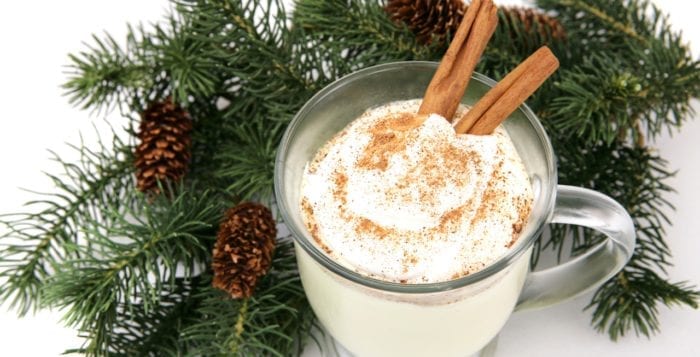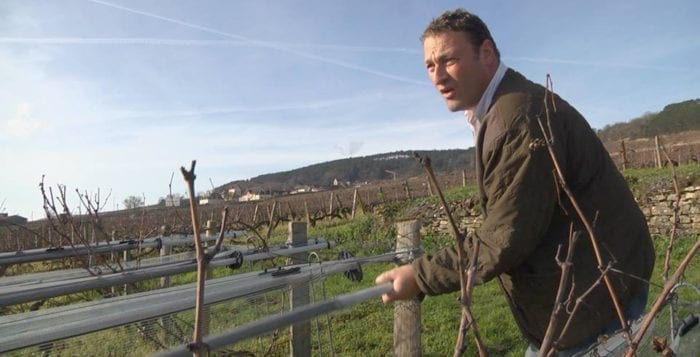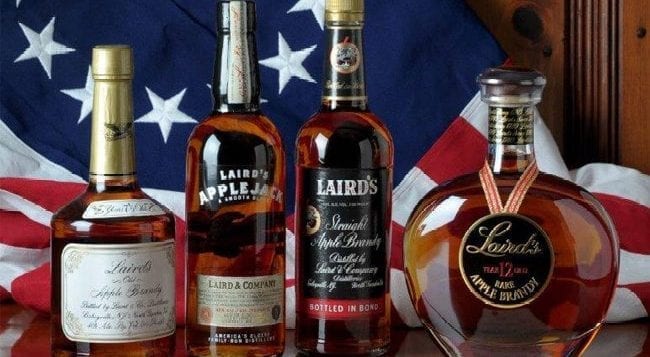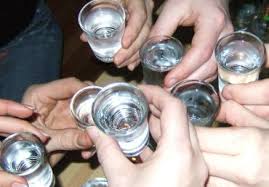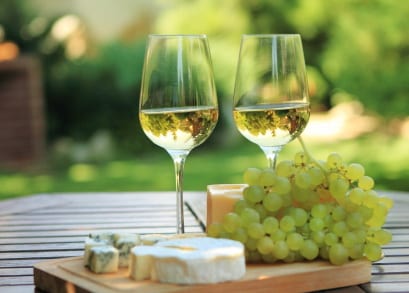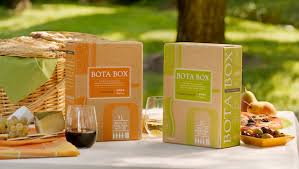“The first duty of wine is to be red. The second is to be a Burgundy.”
— Alec Waugh, 1898-1981, British novelist, “In Praise of Wine,” 1959
By Bob Lipinski
The superb 2015 vintage is described by Jancis Robinson, M.W. as “seriously impressive.” The vintage produced excellent red and white wines across the board. The red wines I tasted were loaded with heaps of ripe, concentrated fruit, good acidity and considerable flavor. The whites displayed a fine balance between fruit, acidity and alcohol. Fruit was dominant in most of the wines I tasted with a striking array of flavors.

At a recent trade tasting featuring the 2015 Burgundies, there were more than 100 wines to taste, and although I tried my best, I couldn’t taste them all! Below are some of my tasting notes.
2015 J.J. Vincent, Pouilly-Fuissé “Marie Antoinette”: (The name a tribute to Jean Jacques Vincent’s mother, Marie Antoinette Vincent): Pale straw-colored with an abundant bouquet of almonds, green apples, and citrus. Medium-bodied and quite refined, with layers of peach, melon and minerals.
2015 Château Fuissé, Pouilly-Fuissé “Tête de Cru”: Light and quite refreshing bouquet of minerals and apples with some toasted notes. Flavor is rich, tasting of vanilla, yellow plum and citrus.
2015 Château Fuissé, Pouilly-Fuissé “Les Combettes”: Bouquet of citrus, tropical fruit and pear. In the mouth, it is refreshing, medium-bodied and balanced, with flavors of yellow plums, orange and licorice.
2015 Château Fuissé, Pouilly-Fuissé “Les Brûlés”: Light straw-colored with a light bouquet of pear, apples and citrus. A full-flavored wine tasting very much of honey, butterscotch, coconut, toasted nuts and vanilla.
2015 Billaud-Simon, Chablis “1er Cru Mont de Milieu”: Complex nose combines citrus fruit with melon notes, enticing tangerine flavor and firm acidity.
2015 Billaud-Simon, Chablis “1er Cru Vaillons”: Medium-bodied, dry, lively and clean tasting with flavors of spices, peach and orange and a minerally finish and well-balanced aftertaste.
2015 Billaud-Simon, Chablis “Vaudésir Grand Cru”: A spicy bouquet and flavor of oranges, peaches and melon, with plenty of vanilla. Clean, minerally finish and lingering aftertaste.
2015 Billaud-Simon, Chablis “Montée de Tonnerre 1er”: Refreshing aroma of oranges, peaches and citrus. Nutty with flavors of tart tangerine, melon and a sort of minerally chalky character.
2015 Armand Rousseau,“Gevrey-Chambertin”: Deeply colored with a medium-full bouquet of plums, roses, violets and citrus. Full in the mouth with tart plums and spicy cherries. Great finish.
2015 Armand Rousseau, “Charmes-Chambertin Grand Cru”: Deep ruby color; full bouquet of raspberries and Marasca cherries; silky with layers of berries, light tannins and citrus. What a wine!
2015 Armand Rousseau, “Clos de la Roche Grand Cru”: Bright ruby color: bouquet of jammy spices, plums, cola and cinnamon. Almost a sweetness in the mouth with concentrated fruit, tannin and berries.
2015 Armand Rousseau, “Chambertin Grand Cru”: This wine stole the show (to me). Sweet, concentrated, jammy, spicy fruit; layers of fruit, blackberries, chocolate and damson plums.
Bob Lipinski, a local author, has written 10 books, including “101: Everything You Need to Know About Whiskey” and “Italian Wine & Cheese Made Simple” (available on Amazon.com). He conducts training seminars on wine, spirits and food and is available for speaking engagements. He can be reached at www.boblipinski.com or [email protected]m.

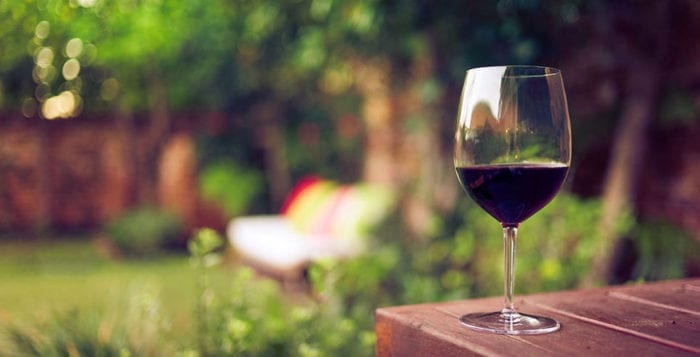
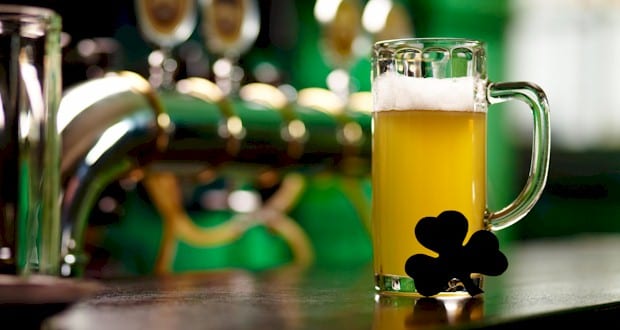

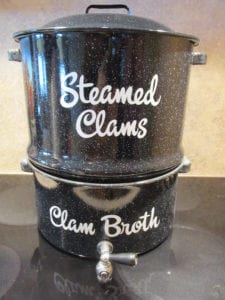
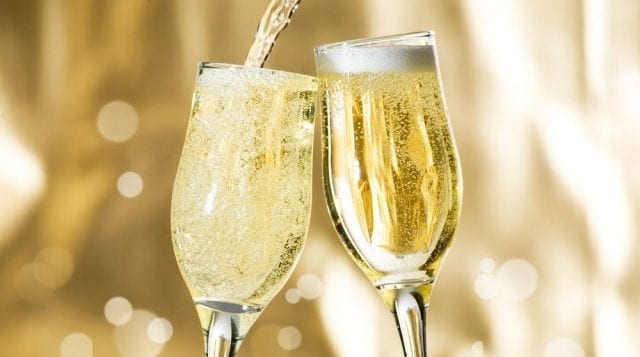
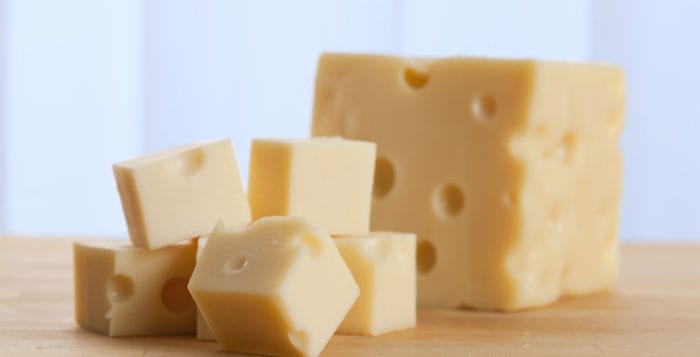
 “Swiss cheese” as we know it doesn’t really exist. It is a generic term often used in North America for any type of cheese, regardless of where it comes from, as long as it has a pale-yellow body and is literally full of holes or “eyes,” with a rubbery texture. And this holds true for both imported and “domestic” Swiss cheeses.
“Swiss cheese” as we know it doesn’t really exist. It is a generic term often used in North America for any type of cheese, regardless of where it comes from, as long as it has a pale-yellow body and is literally full of holes or “eyes,” with a rubbery texture. And this holds true for both imported and “domestic” Swiss cheeses.